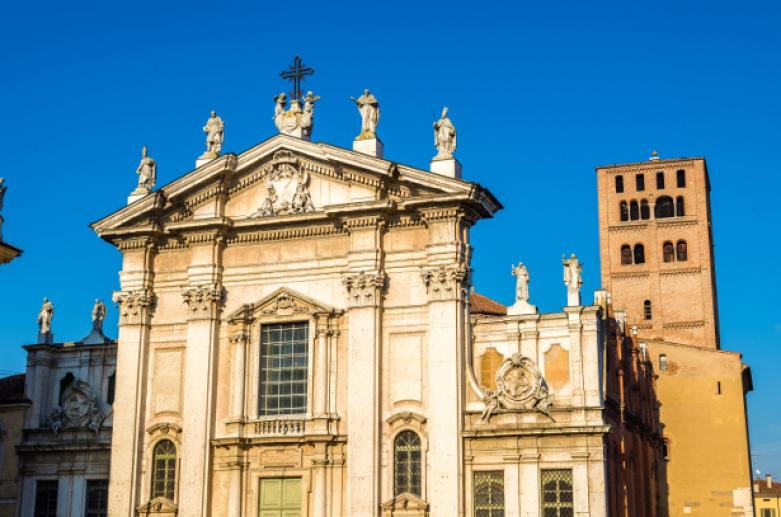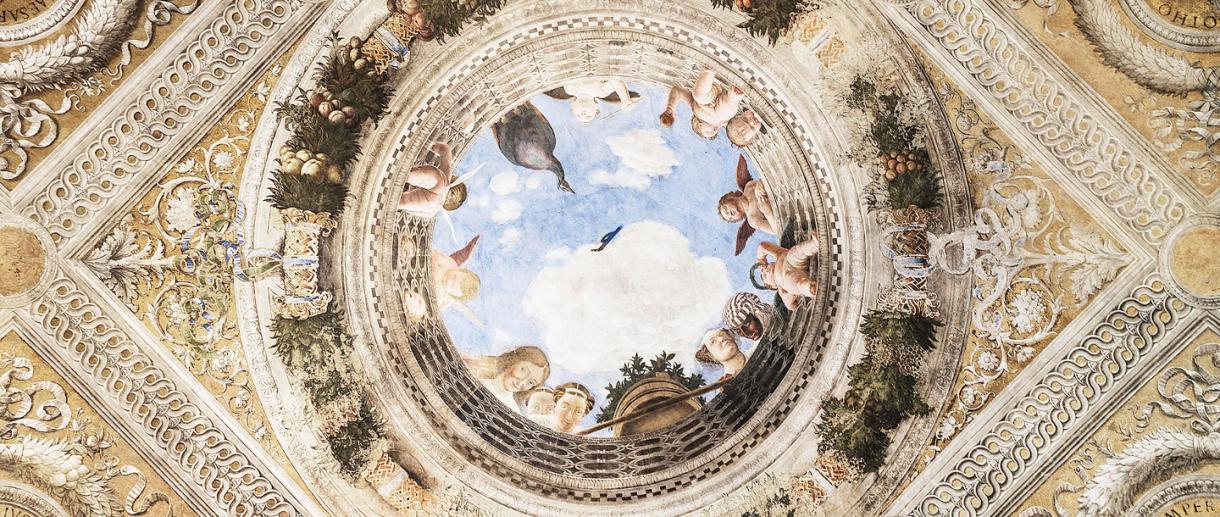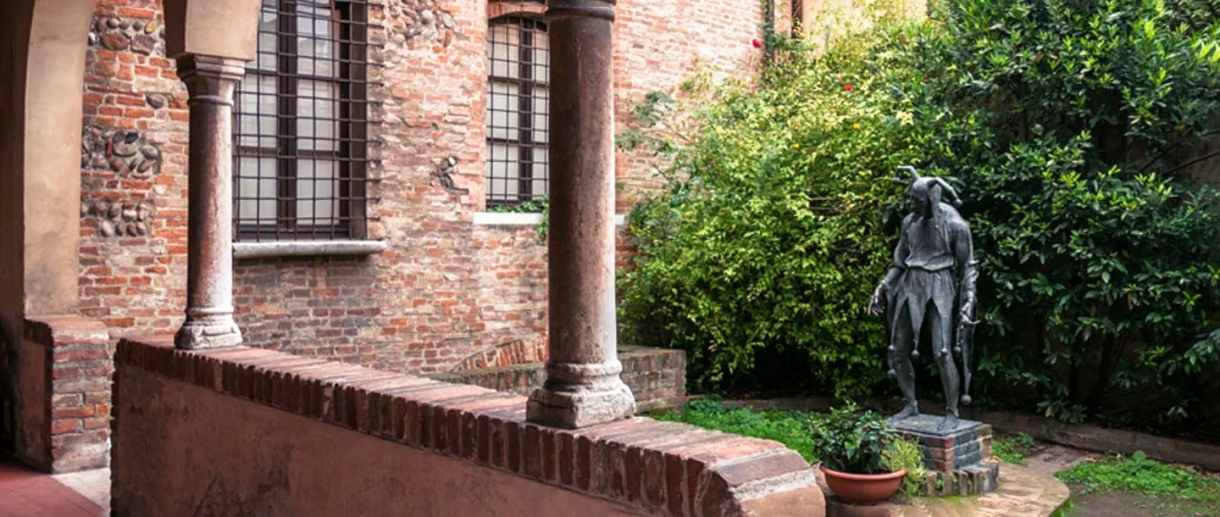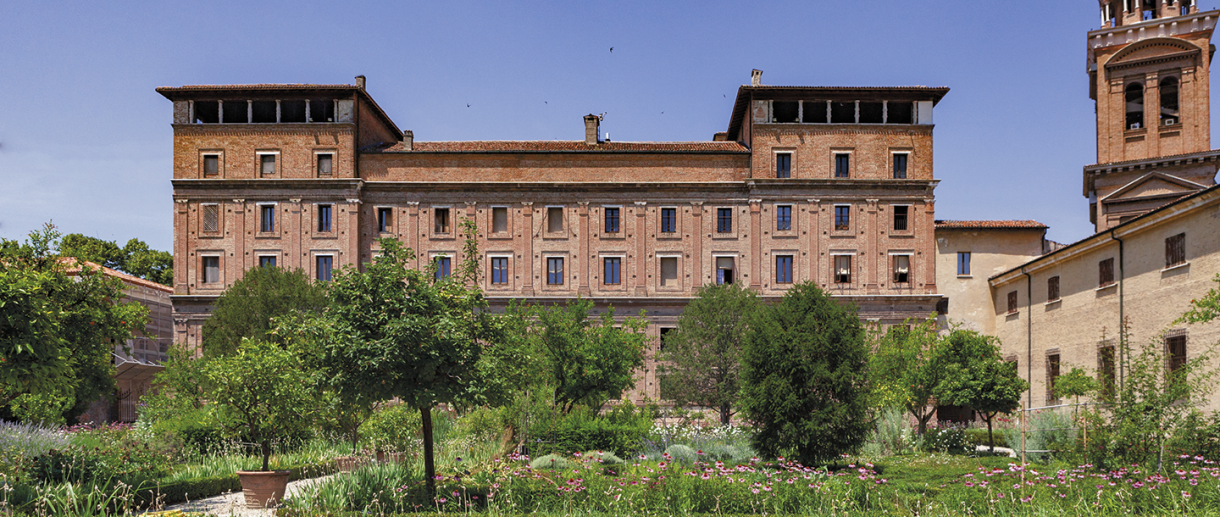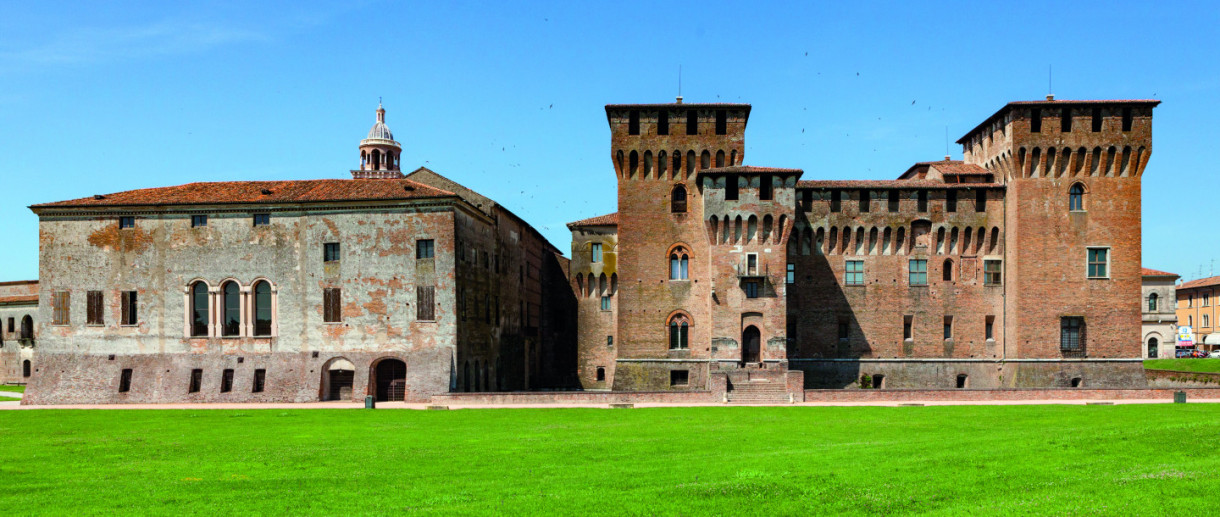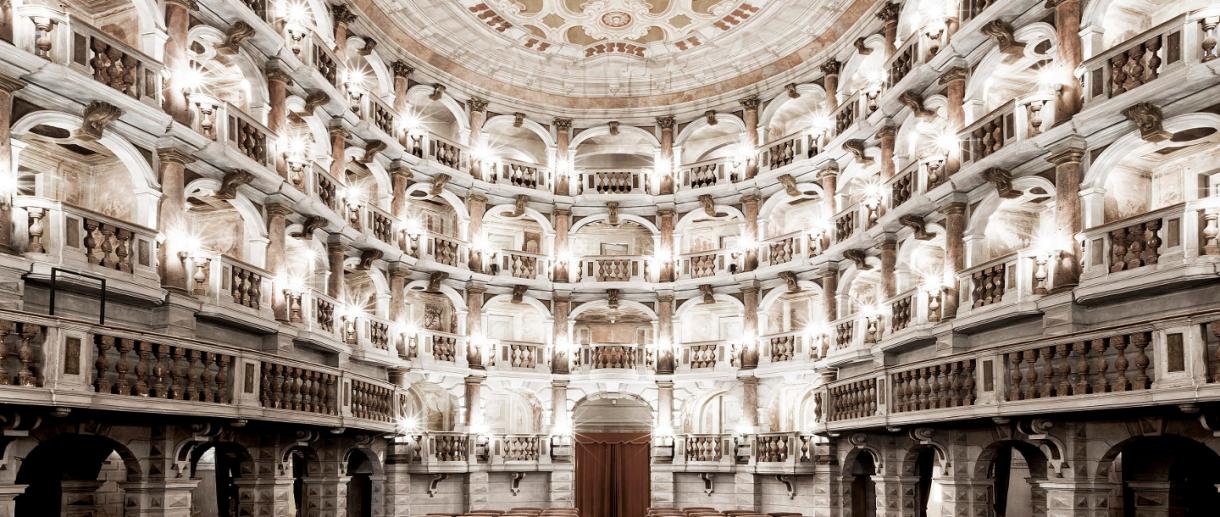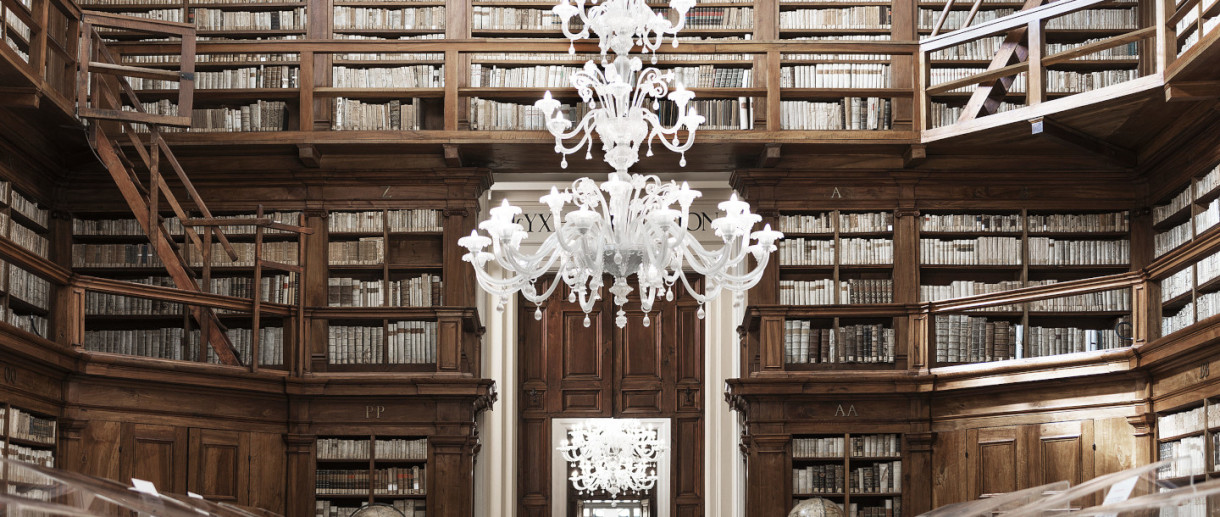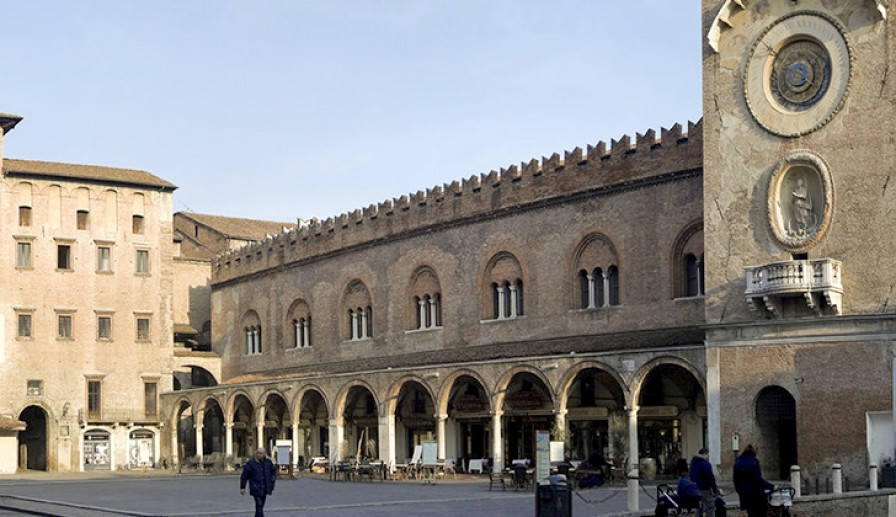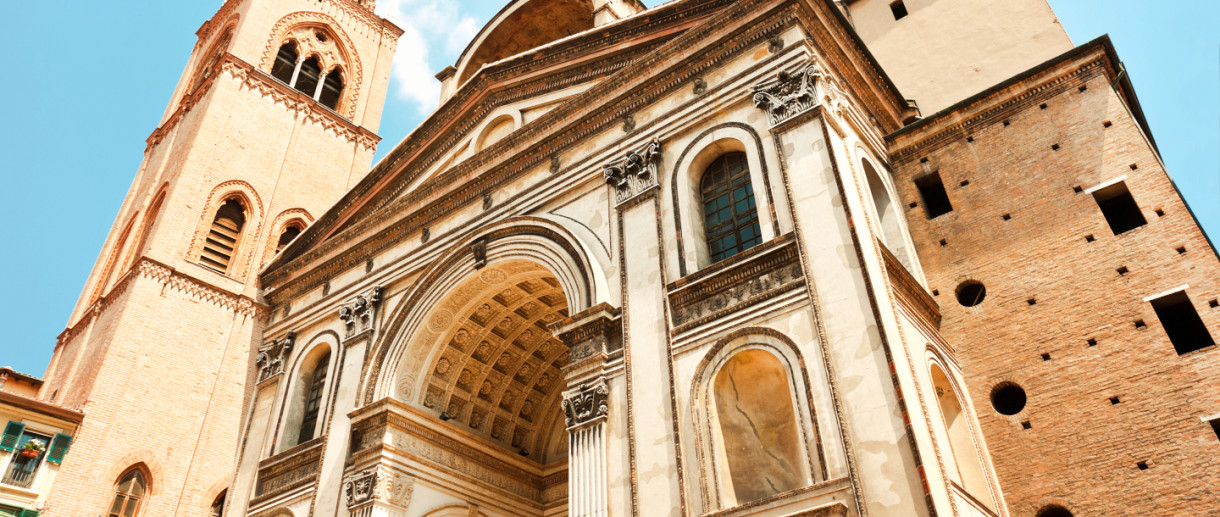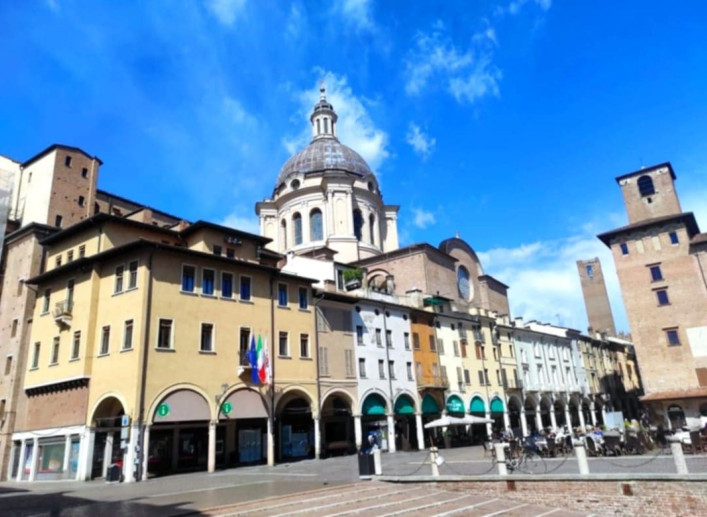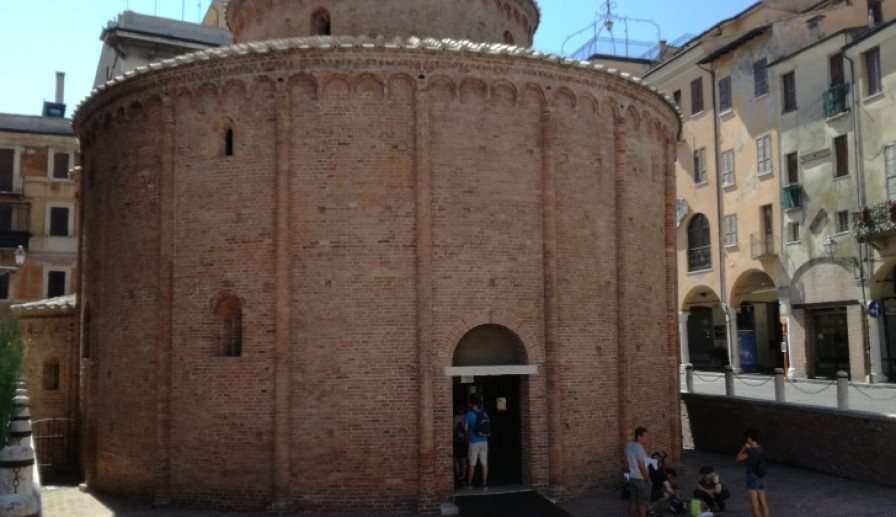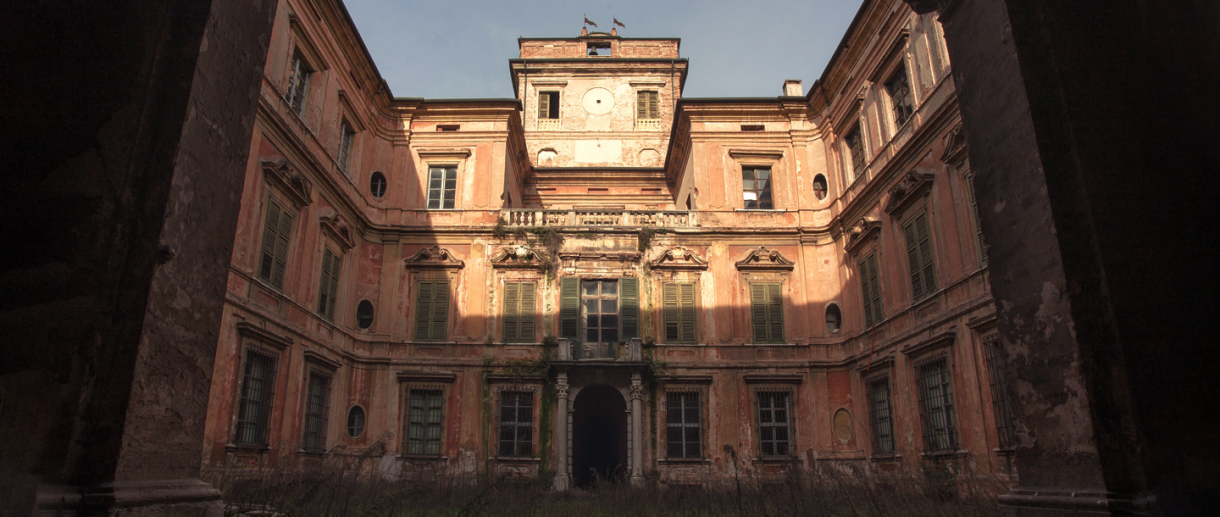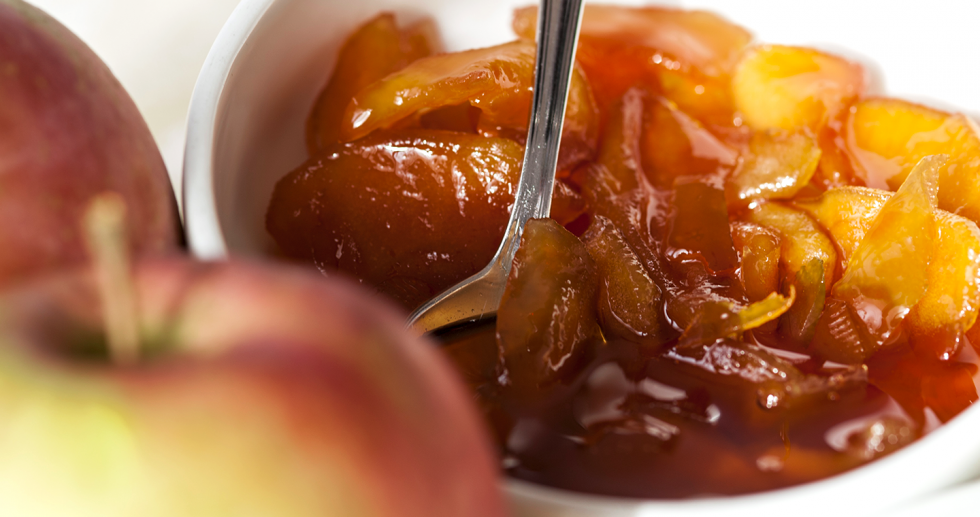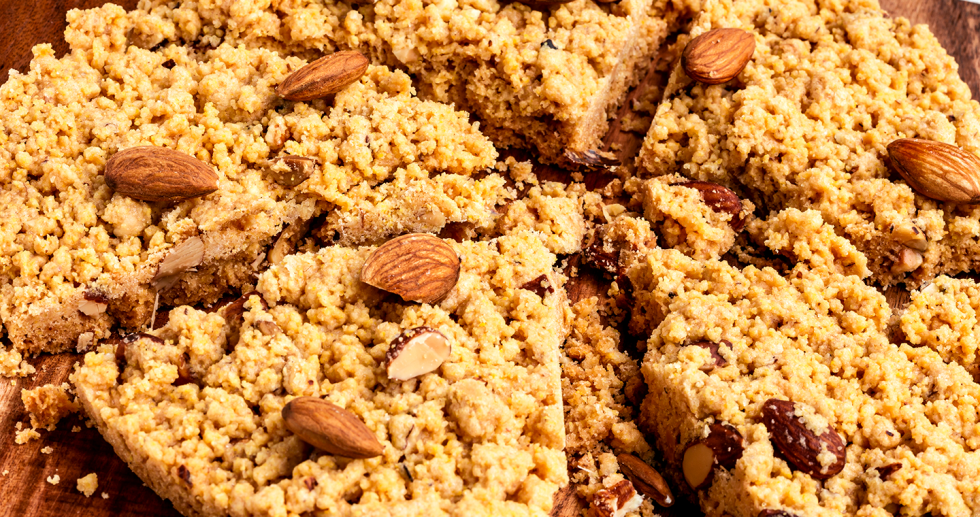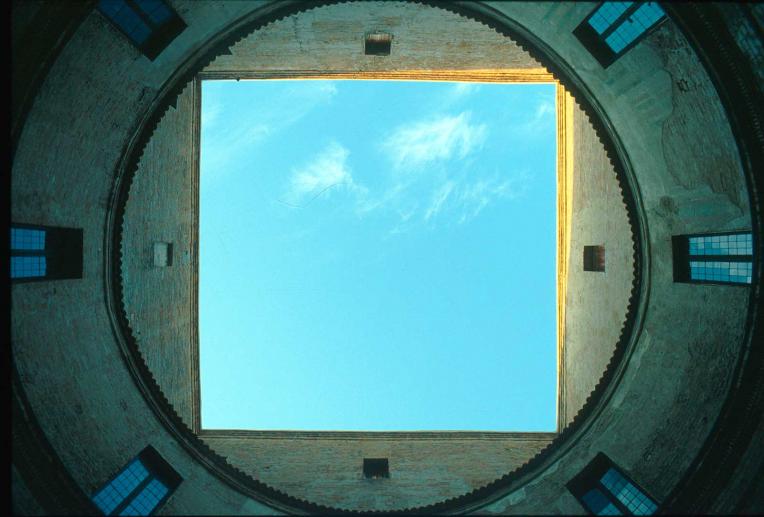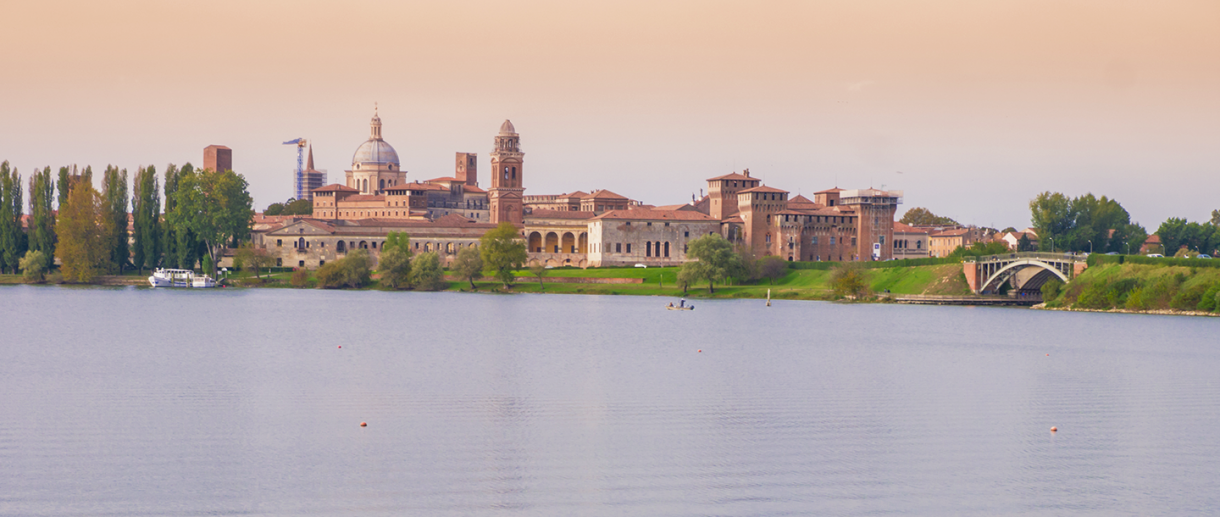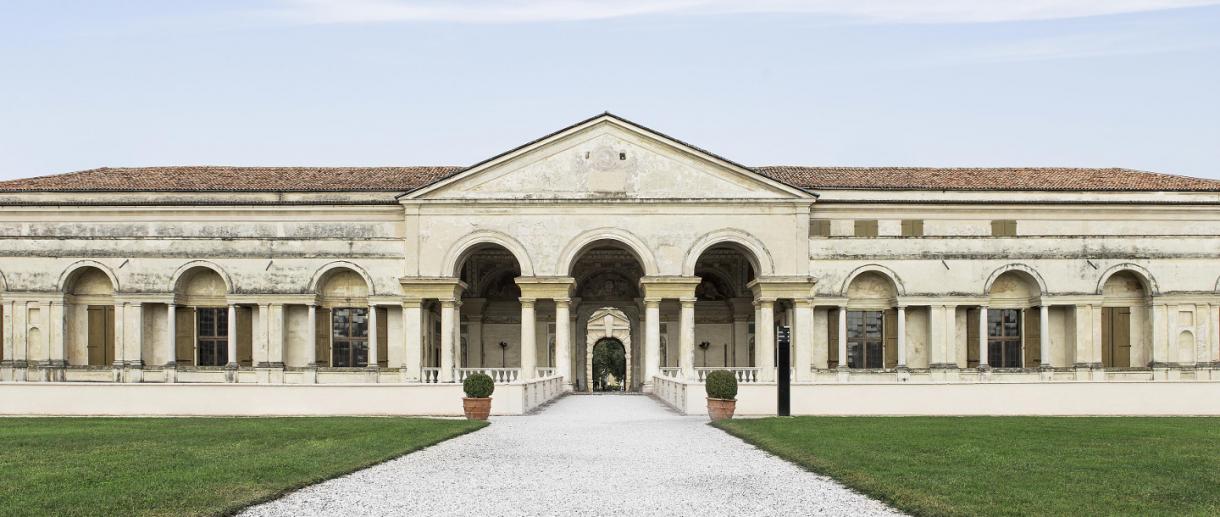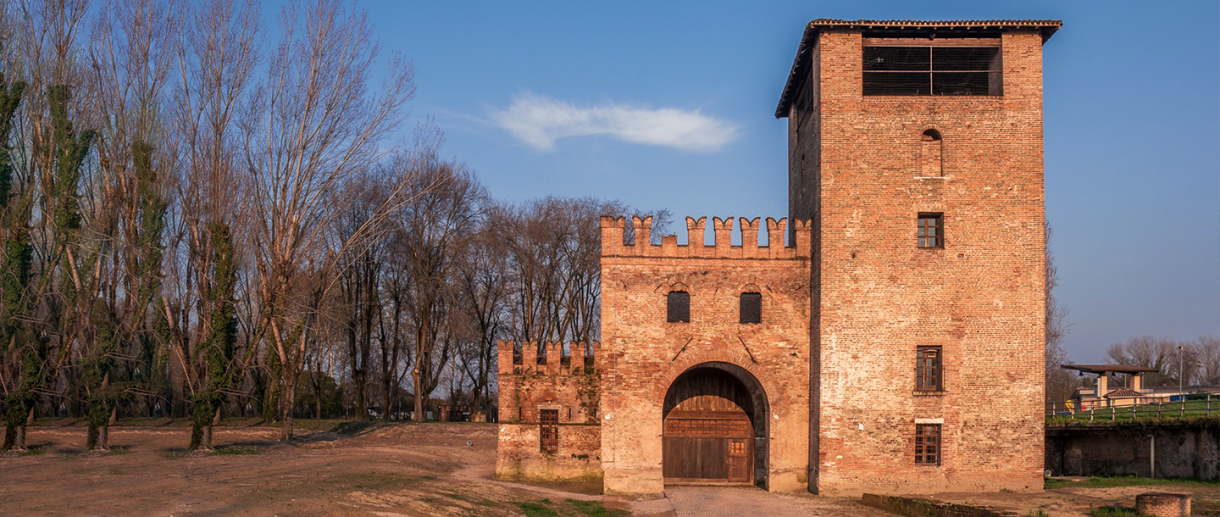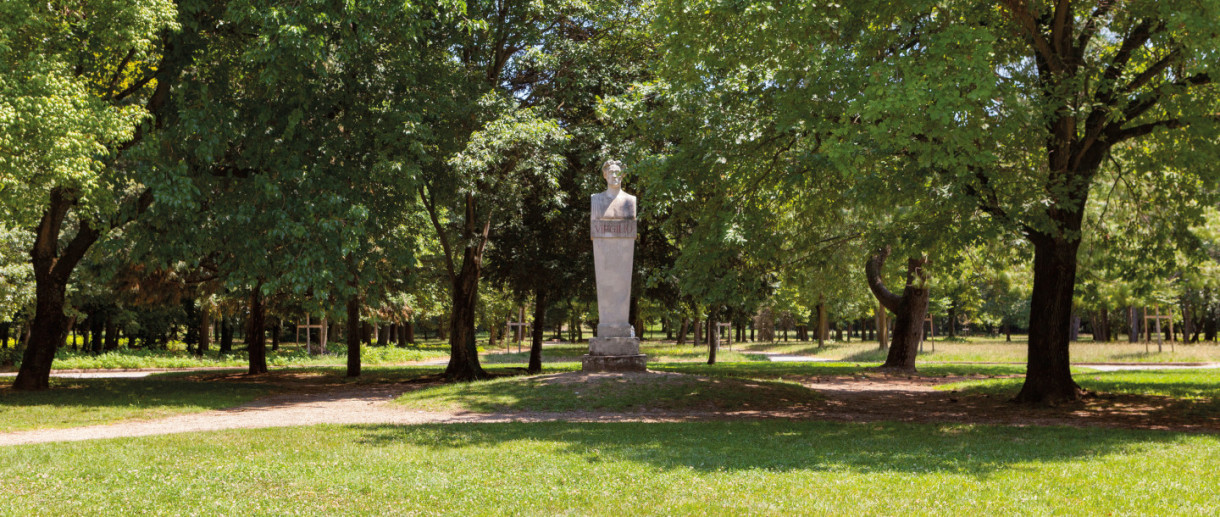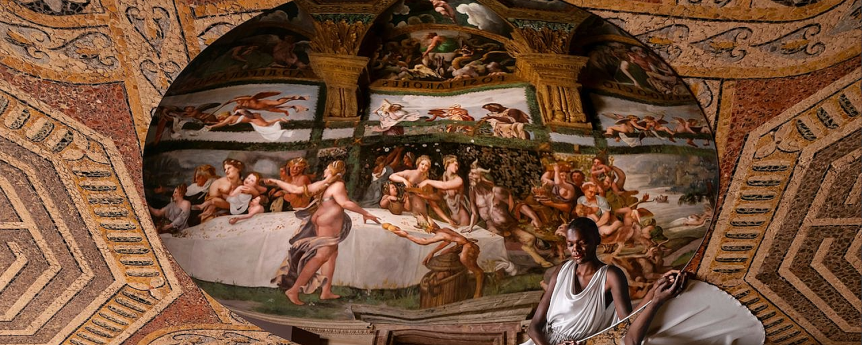- Art & Culture
Mantua: piazza Sordello
Exploring Mantua is akin to stepping into a living canvas where history, art, and culture harmonize into a captivating symphony. Among the many alluring jewels this city unveils, Piazza Sordello stands out prominently.
Every stride upon its ancient cobblestones transports you through the corridors of time, inviting you to take part in an experience that spans centuries of transformation and evolution.
The square appears as a jewel exquisitely set in stone. The facades of these historic buildings whisper stories of nobility's bygone era, tales of encounters between poets and artists, and moments full of influence and intrigue.
On the western side, Palazzo Bonacolsi, also known as Palazzo Castiglioni, holds its ground. Erected in 1281 by Pinamonte dei Bonacolsi, it remained under the family's ownership until 1328. It was called Palazzo Castiglioni in the early 19th century, acquiring the name of the noble family that purchased it from the Bevilacqua counts. Today, Palazzo Castiglioni serves as a private residence for the descendants of Baldassare Castiglione while doubling as a luxury hotel where visitors can enjoy a fairy-tale stay.
Adjacent to it on the same side stands Palazzo Acerbi, encompassing Palazzo Cadenazzi-Risi, the Torre della Gabbia [Tower of the Cage - ed.], and the Bonacolsi Chapel. The towering structure, reaching an imposing 50 meters, earned its name from the massive iron cage commissioned by the Gonzaga family, intended as an "open-air prison" where exposed convicts sometimes lingered for extended time. The Bonacolsi Chapel features a beautiful 14th-century Giotto-style painting cycle. At present, these buildings are not open to the general public.
Venturing to the eastern side of the square, one will find Palazzo del Capitano and the Domus Magna, both wanted by the Bonacolsi family and later integrated into the Ducal Palace by the Gonzaga family. Palazzo del Capitano saw its construction unfold between the late 13th and early 14th centuries. Around 1340, a significant expansion transpired, introducing a portico and an upper hall named the "di Passerino." During this period, Gothic-style mullioned windows and the iconic battlements gracing the facade made their debut. The Magna Domus, initially a separate entity, found its integration with the main palace toward the late 14th century. At the end of the 14th century the two buildings were joined together
Due north of the square it is possible to find the majestic Cathedral of San Pietro and the Duomo of Mantua bearing witness to the city's spiritual and architectural splendor.
Each corner of this square beckons further exploration, encouraging the discovery of hidden treasures and the enchanting ambiance. Outdoor cafes sprinkle in opportunities to relish moments of relaxation amidst this historical opulence.
